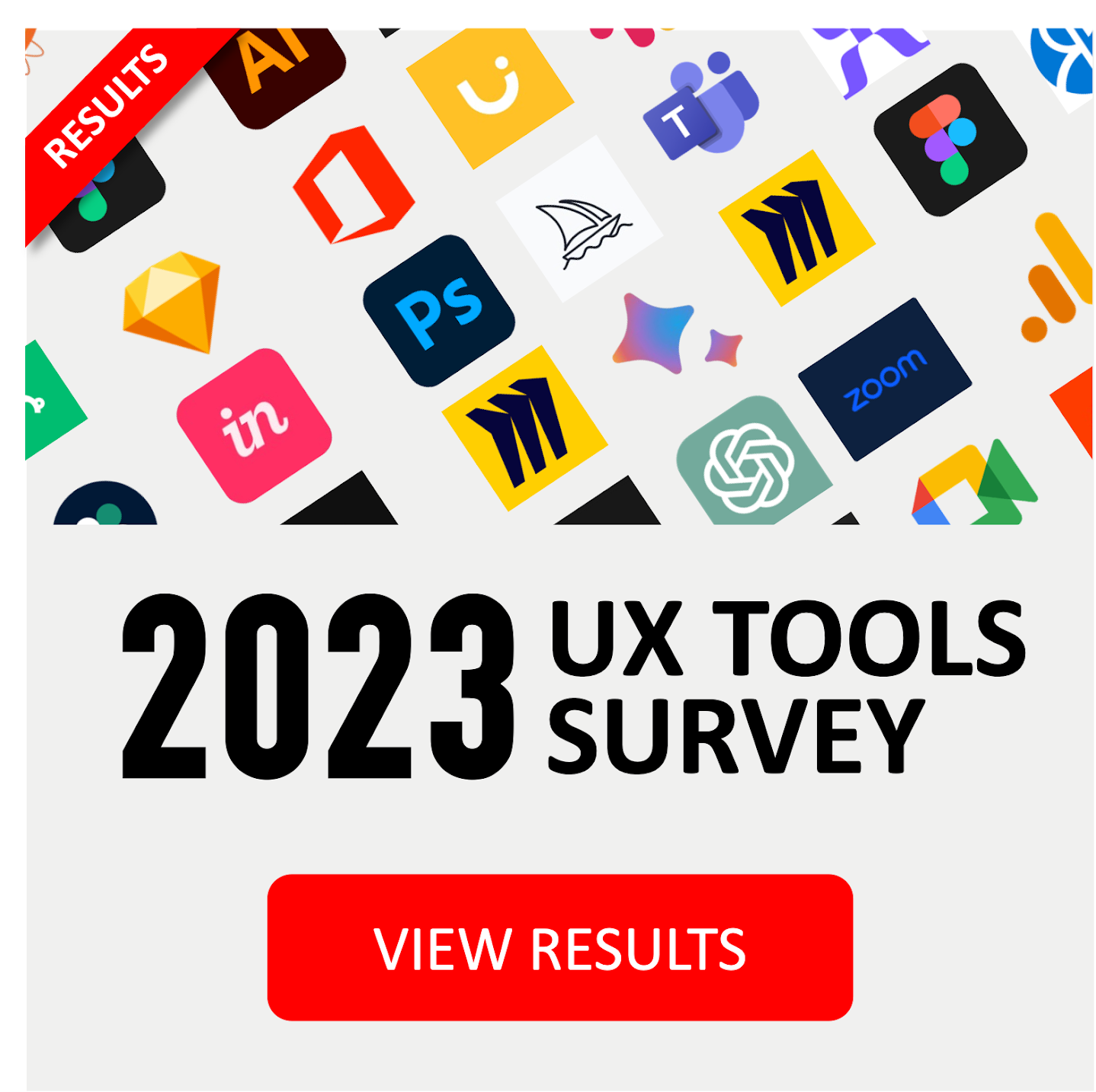UX Design Awareness
Calling for UX Digital Heros: Help Spread the UX Love on Social Media!
Do you ever get frustrated navigating a website or app? Buttons that disappear? Forms that make you tear your hair out? That's where UX design comes in! UX, or User Experience design, focuses on creating interfaces that are intuitive, user-friendly, and enjoyable to interact with.
At UXness, we're passionate about UX design and its power to revolutionize how people experience the digital world. But we can't do it alone! That's why we're launching a campaign to spread UX awareness far and wide, and we need your help.
Here's where you come in:
We're looking for enthusiastic volunteers like you to join our social media squad and help us champion UX design. Passion for making the digital world a better place.
What you'll do:
- Share engaging content about UX design on your favorite social media platforms (think Twitter, Facebook, Instagram).
- Participate in online discussions about UX trends and best practices.
- Help us create fun and informative social media posts about the importance of UX design.
- (Optional) If you're feeling creative, even contribute your own ideas for content!
Why volunteer?
- Be part of a passionate community working to make a difference.
- Learn valuable skills in social media marketing and content creation.
- Deepen your understanding of UX design principles.
- Make a positive impact on how people interact with technology.
- Receive a certificate of recognition from UXness for your contribution to this initiative!
Sound like you? We thought so!
Head over to below link to sign up and join the UXness social media revolution. Together, we can show the world the power of UX design!
The Impact of UXness
While specific user numbers might not be publicly available, UXness is clearly making a positive impact on the UX design landscape. Here's how:
- Democratizing Education: By offering accessible resources, UXness removes barriers to entry for those interested in UX design. This allows individuals from diverse backgrounds to pursue careers in this growing field.
- Building a Workforce of UX Champions: By empowering individuals with UX knowledge and skills, UXness helps create a generation of designers who prioritize user needs and create intuitive, user-friendly interfaces.
- Elevating the User Experience: As more individuals become aware of UX principles, the overall quality of digital products and services is likely to improve. This benefits users by providing them with positive and seamless interaction experiences.
Join the UXness Movement!
Whether you're a complete beginner or a seasoned UX professional, UXness offers something for everyone. Head over to UXness to explore their resources, connect with the community, and become part of the UX design revolution!
#UX #userexperience #usability #socialgood #volunteer #makeadifference


.png)













